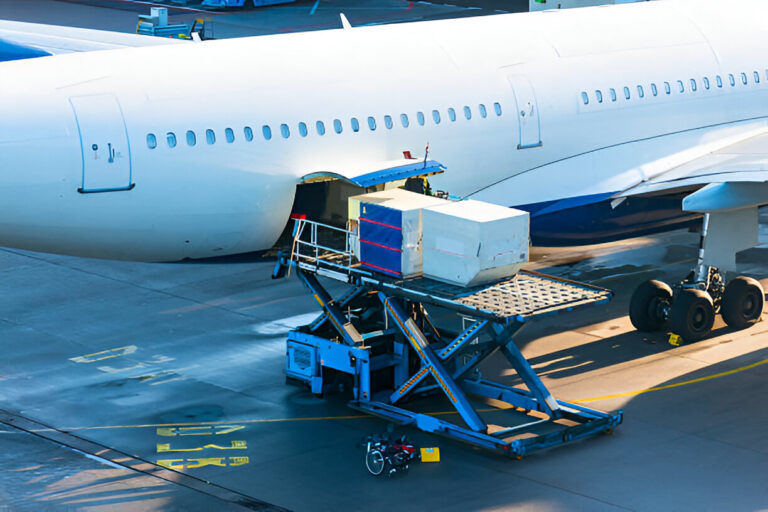Given their specialized character and possible environmental effects, airplane batteries provide significant disposal difficulties for the aviation sector. Following correct disposal techniques guarantees regulatory compliance and guarantees the protection of the environment as well as of workers. This guide investigates the essential aspects of aircraft battery disposal that operators and maintenance crews should know about.
Proper Documentation and Classification
Before initiating the disposal process, proper documentation must be completed to track the battery through its disposal journey. Maintenance records should clearly indicate the battery’s service history, including installation date, removal date, maintenance intervals, operational hours, and detailed reason for disposal. Documentation requirements vary based on battery chemistry type, with lead-acid, nickel-cadmium, and lithium batteries each requiring specific handling procedures and distinct safety protocols.
The high-performance aviation battery 7035-34, along with its comprehensive maintenance manual, exemplifies these rigorous documentation requirements with detailed guidance on classification protocols and lifecycle tracking. Understanding voltage characteristics, discharge patterns, and performance degradation history helps determine proper disposal categorization, ensuring compliance with both manufacturer specifications and regulatory requirements.
Safety Protocols During Removal
Battery removal requires careful attention to established safety procedures and comprehensive risk assessment protocols. Personal protective equipment (PPE), including chemical-resistant gloves rated for specific battery chemistries, impact-resistant eye protection, face shields with acid splash protection, chemical-resistant aprons, steel-toed safety boots, and appropriate protective clothing rated for electrical hazards, must be worn during handling and transportation phases. The disconnection sequence matters significantly for safety – always remove the negative terminal first to prevent short circuits, electrical arcing, and potential spark generation in hydrogen-rich environments.
For damaged or compromised batteries, additional containment measures, including specialized leak-proof containers with acid-neutralizing materials, vapor suppression systems, double-containment protocols, and proper ventilation equipment, should be implemented to prevent leakage of hazardous materials during the removal process. Emergency response equipment, including Class D fire extinguishers, chemical spill kits, neutralizing agents, and emergency eyewash stations, must be readily accessible throughout the removal procedure. Teams should also conduct thorough pre-removal inspections for signs of case damage, terminal corrosion, electrolyte leakage, or thermal stress that could complicate the removal process.
Environmental Compliance Requirements
Environmental regulations governing aircraft battery disposal vary significantly by jurisdiction and battery type, requiring careful attention to both local and federal compliance standards. The Environmental Protection Agency (EPA) classifies many aircraft batteries as hazardous waste materials, requiring disposal through certified waste management facilities with specialized handling permits and proper environmental certifications.
Designated storage areas must feature comprehensive safety systems, including proper ventilation with filtered exhaust systems, precise temperature control monitoring, humidity regulation, fire suppression equipment, and advanced spill containment systems with chemical-resistant barriers. Facilities should maintain detailed digital and physical records of disposal procedures, chain of custody documentation, environmental impact assessments, staff training certifications, and regular safety audits for regulatory compliance and potential third-party inspections. Additionally, storage facilities must implement regular monitoring protocols for air quality, temperature fluctuations, and potential chemical reactions while maintaining emergency response plans specifically tailored to different battery chemistries and potential hazard scenarios.
Transportation Guidelines
Moving airplane batteries for disposal calls for careful adherence to Department of Transportation (DOT) rules and international shipping procedures. Batteries must be properly packaged in DOT-approved containers with reinforced impact-resistant materials, anti-corrosion linings, secure sealing mechanisms, and clearly visible appropriate hazard labels detailing specific chemical contents and emergency response procedures. All shipping papers should accurately describe the battery type, precise weight measurements, voltage specifications, electrolyte composition, hazard class categorization, and detailed handling instructions for emergency responders.
For international shipments, additional documentation and permits may be required depending on the destination country’s regulations, including customs declarations, material safety data sheets in multiple languages, origin certificates, and specific transportation route authorizations. Carriers must also maintain real-time tracking systems, temperature monitoring devices, and proper segregation from incompatible materials throughout the transportation journey while ensuring compliance with varying regional transportation safety standards and environmental protection requirements.
Conclusion
Implementing effective aircraft battery disposal procedures protects both personnel and the environment while ensuring regulatory compliance with federal, state, and local authorities. Maintenance teams can manage battery disposal safely and efficiently throughout the entire lifecycle by following these comprehensive guidelines and staying current with evolving regulations and industry best practices. Regular training, standardized procedures, and ongoing safety evaluations help maintain best practices while fostering a culture of environmental responsibility and workplace safety.


